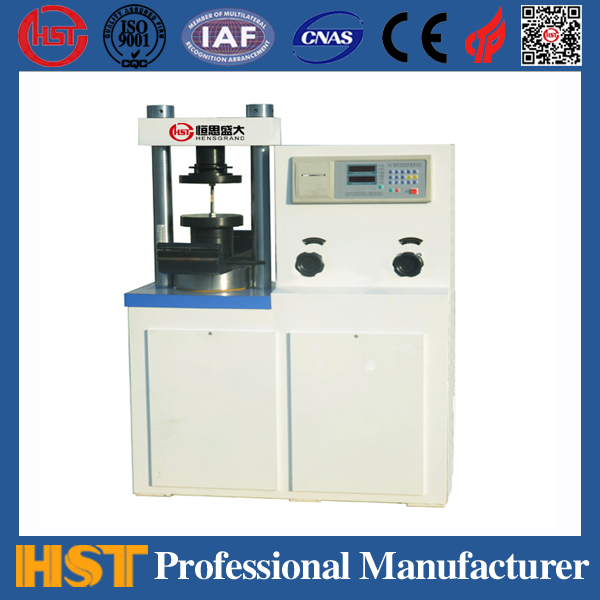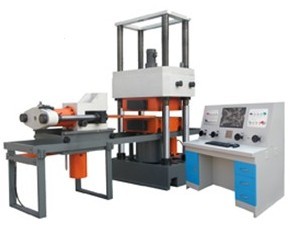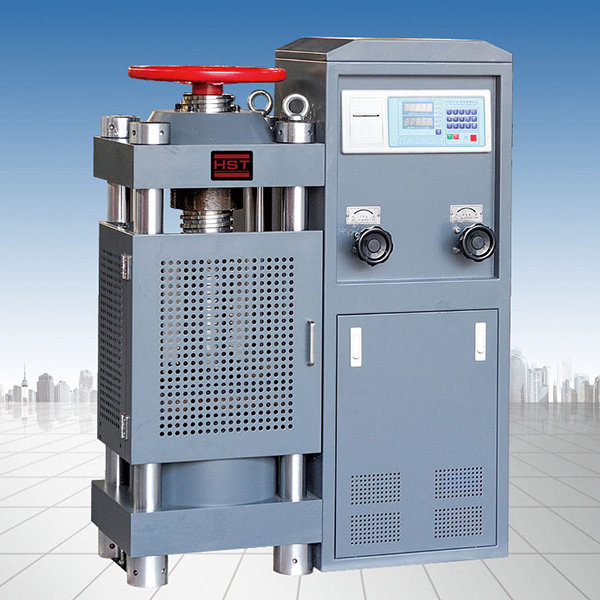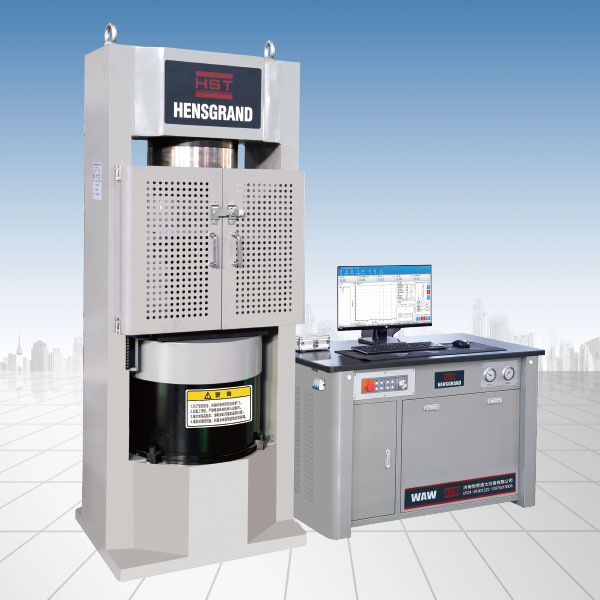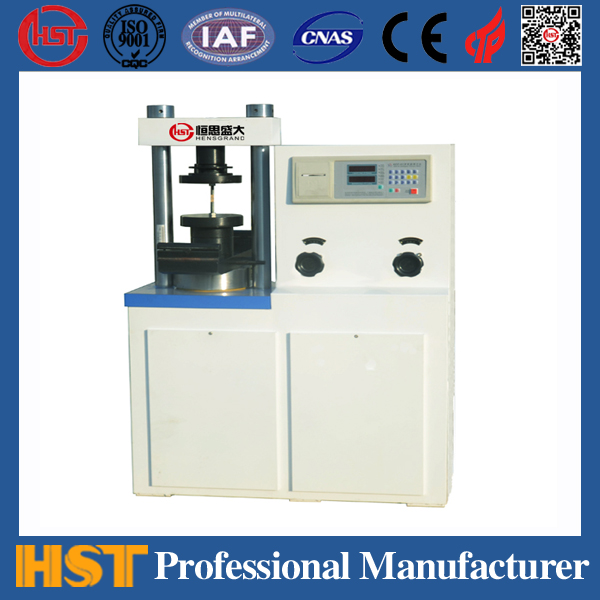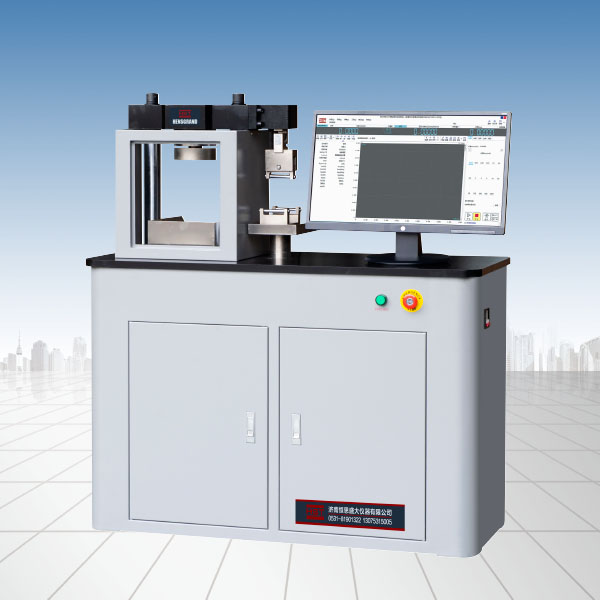Company News
Overview of test machine fixture
Release time:2018-11-23 source:Jinan Hengsi Shanda Instrument Co., Ltd. Browse:
1. The number of test fixtures used in special industries increases. With the development of science and technology, some emerging industries have put forward new requirements for test fixtures, such as requiring small structure, non-magnetic, corrosion-resistant (testing in solution), etc. Due to the special use of test machine fixtures and the continuous emergence of new materials, the design of fixtures has always been in a passive situation. We come across new materials every day and need to design new fixtures. We can only summarize the successful experiences of the past to adapt to new development trends.
2. Fully automatic fixture: From the measurement of the sample size to the clamping, and then to the start of the test, the test report is completed in one go. Such fixtures are expensive and are only suitable for testing and inspection of the same sample or finished product in large quantities.
3. The increase in environmental tests (high and low temperature tests) and the increase in fixtures used for high and low temperatures. The increase in environmental tests (high and low temperature boxes) has added difficulty to the design of fixtures. We know that national standards for high-temperature tensile tests have regulations: round samples are used for threads and holes are present on the plate samples. Since the connection method is fixed, the design of the fixture is relatively simple. However, high and low temperature tests are different. They are generally tested in high and low temperature boxes, and their samples are generally short gauge distances (usually normal temperature samples). In this way, the fixture must be installed in a high and low temperature box. High and low temperature tests are generally limited due to the stroke of the test machine (the stroke of the test machine when installing a standard fixture). This requires that the clamp is small in size, meet the test force, and be resistant to high and low temperatures, which is generally difficult to design.
4. The number of continuous test fixtures increased; since in the past, sample preparation and testing were generally performed, the tensile and compression of the samples were carried out separately (that is, the tensile and compression were carried out with different fixtures). Now, more and more finished products were tested. The samples had to be stretched, compressed and had high efficiency in the same test. Only the same fixture could be used for both stretching and compression.
5. The use of tensile testing machine fixtures is developing towards high efficiency and low labor intensity. In the past, fixtures were generally mechanically locked, which was time-consuming and labor-intensive, labor-intensive and inefficient. With the improvement of the working environment and the need for large-scale tests (random sampling of production lines), the clamping method of fixtures has developed from the original mechanical clamping to the pneumatic clamping, hydraulic clamping, etc.
Recommended productsPRODUCTS


















